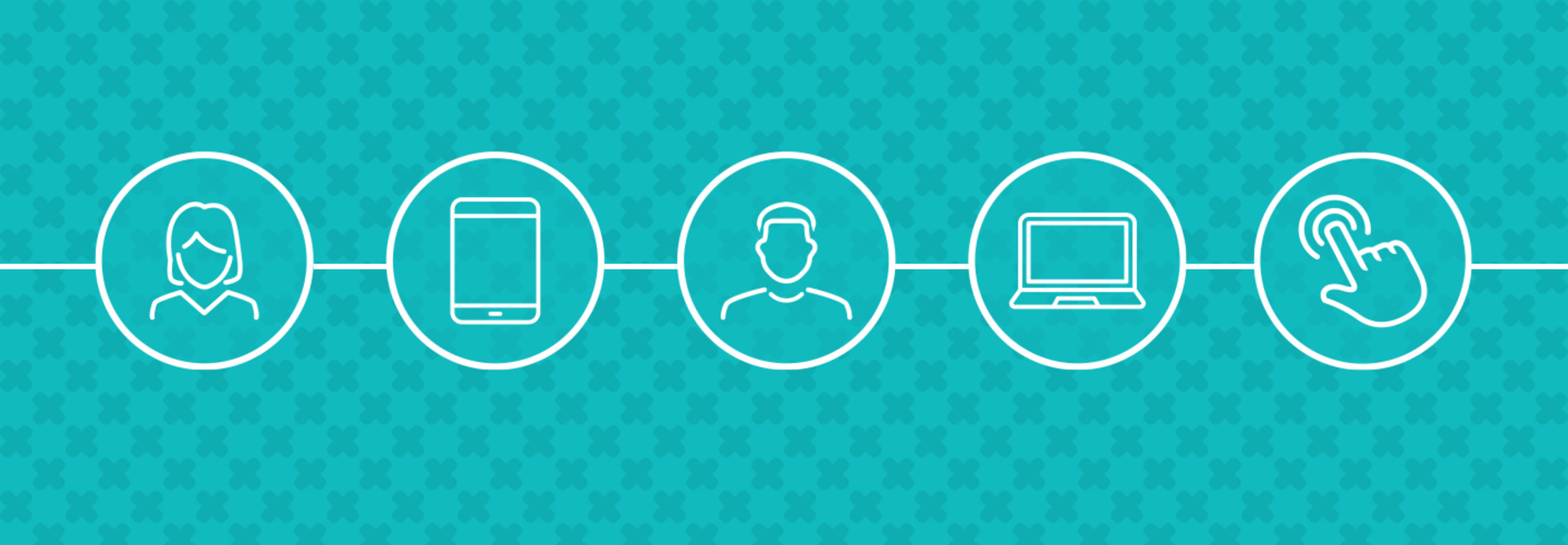As the technology director at Harpeth Hall School, an independent all-girls school in Nashville, Tenn., Justin Dover oversees a one-to-one program for 700 students in grades five through 12. Each student receives either a Lenovo touch-screen laptop or a Microsoft Surface for use in the classroom and for homework. Dover’s job, in part, is to maintain device security, but also to protect the students.
“They’re getting these machines because we want them to be able to experience and explore,” says Dover. “But we also know that a couple wrong clicks could send an innocent student down the wrong path.”
MORE FROM EDTECH: Find out how K-12 schools can balance privacy and security protocols.
Monitoring Technologies Alert Harpeth Hall When Students Are at Risk
With that in mind, Harpeth Hall recently turned to Relay from Lightspeed Systems. The cloud-based platform makes it easy to filter inappropriate content on all devices, Dover says, and to receive detailed reports on student searches and site visits.
Staff don’t use Relay to block everything, Dover notes, but they do shield students from “the worst of the worst” while closely monitoring their online traffic. The tools augment lessons in which students are taught to use the internet responsibly.
“Anything they do on the internet is recorded: the videos that they’re watching, their queries on Google or Bing, the sites they tried to see but couldn’t because they were stopped,” he says.

As the technology director at Harpeth Hall, Justin Dover works to provide a layer of safety for students’ internet access.
Usually, this monitoring occurs in the background, and reports are delivered only when a teacher or parent requests them. On occasion, however, Relay’s Safety Check feature sends a real-time alert that a student may be at risk.
“If you type something like ‘self harm’ or ‘I want to kill myself,’ it will instantly notify a school counselor,” Dover says. “I’m an IT guy; it’s not my area of expertise to handle those kinds of issues. What Relay does is just give me the tools to involve the people who can take care of them.”
Compliance Boosts Security for Galway Central School District
As more schools put laptops and tablets in students’ hands, they’re also deploying new technologies that allow them to mitigate related risks.
Often, their primary goal is to comply with the Children’s Internet Protection Act, says Linnette Attai, project director with the Consortium for School Networking and president of PlayWell, a data privacy compliance consulting firm.
CIPA mandates that schools participating in the federal E-rate program have internet safety policies that include filtering and monitoring technologies.
“They have to create a kind of walled-off garden ecosystem that ensures what they’re making available to students is appropriate for them,” Attai says.
But filtering and monitoring also help IT teams maintain security, she points out. “They’re essentially preventing users from going to sites where they may pick up malware or other things that would jeopardize their district networks,” she says. CIPA was, in fact, top of mind when the IT department at Galway Central School District in New York decided to use Relay as an extension on student Chromebooks, says Nate Millerwurst, a network analyst.
For now, Relay applies only to classroom use because students don’t take the devices home. Next year, however, the district will roll out one-to-one devices for high school students, and Millerwurst anticipates deploying it for them as well.
“The way the technology works, we can have filtering and monitoring anywhere — on campus or offsite,” he says.
Support from Parents Grows as Monitoring Gains Traction in Schools
In recent months, monitoring tools have led Galway administrators to initiate a few interventions, Millerwurst says.
“The good thing is, we can see these warning signs, or these behaviors that are concerning, and talk to their teachers and take steps to do something about it,” he says.
That’s one reason parents appreciate these solutions, says Matt Federoff, CIO at Vail School District in Arizona.
“Every once in a while, someone is concerned about monitoring, but once you explain the risks, you get a lot less pushback,” he says.
LEARN MORE: Discover how content monitoring tools help K-12 IT officials patrol internet boundaries.
Filters Create Flexibility for both Students and Teachers
Vail sends about 4,500 Chromebooks home with students in grades eight and up. To protect both devices and users, Federoff’s team relies on a cloud-based filtering and monitoring solution from Securly. The platform keeps the district CIPA-compliant and provides a range of reporting functions comparable to those offered by Relay (McAfee, Juniper and Fortinet also provide content monitoring solutions).
“We generally use the reporting in a reactive fashion,” says Federoff. “If we become aware of something that merits a response, we’ll pull up seven days of reports and share them with the administration and with the child’s parents so they can take action.”
To manage the complexities and nuance inherent in academic internet use, Securly also supports multiple profiles.
“We have our regular profile that allows things like social media at certain times of day, our ‘no fun’ profile that’s much more restrictive and a curfew profile that turns the machines off every night at 10 o’clock,” Federoff says.
In the classroom, teachers can use the platform to view (and lock) students’ screens, restrict web browsing to specific sites and remotely control tabs on their browsers. One of his priorities, Federoff says, is to ensure that filters designed to protect students don’t interfere with a teacher’s ability to use legitimate online resources during class.
“We want to be responsive to their instructional needs,” he says. “If a teacher reaches out to one of my staff and says, ‘Hey, this is a good site, can you please unblock it for the kids?’ we’re going to take care of it right away.”











